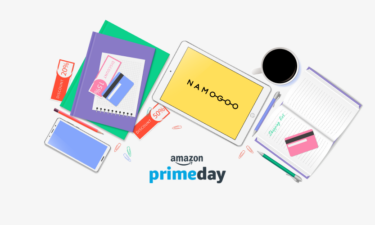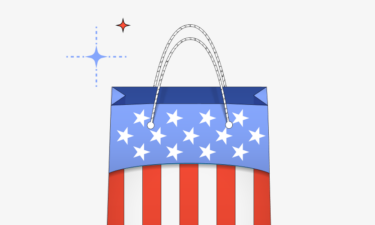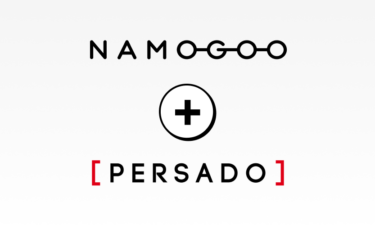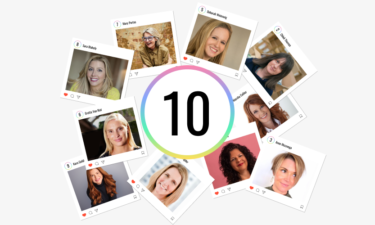The world of eCommerce has changed after COVID, like many other industries. Shoppers have obtained new purchasing trends and habits, and the competition is stronger than ever. Having a strategic sales promotion strategy that aligns with current consumer trends is key to eCommerce brand success.
A recent survey we conducted with leading eCommerce leaders shows that 67% of businesses increased the promotions they were running by 10% or more – and they had to in an attempt to stay competitive. Unfortunately, most of the businesses didn’t know if those additional promotions were effective, implying there is a serious education gap that needs to be addressed when it comes to the use of promotions.
Read on to learn about how to truly build a smart sales promotion strategy with insights taken from our latest webinar we held with our partner Microsoft, Circuit City, and our customer JCPenny. You can watch it here.
How Promotions Are Commonly Used Today
In our survey, we found that the common strategies currently used are site-wide promotions or segmented targets, with site-wide promotions being the most common. But neither of those approaches are perfect for each and every customer that visits their website. In fact, site-wide promotions could actually be detrimental to a brand’s profitability and margins as you could be offering promotions to shoppers who might not need them and that may have purchased without a discount.
This same survey also highlighted that 24% of ecommerce leaders were unsure about the effectiveness of the promotions they run on their sites. This demonstrates a clear gap in eCommerce brands being able to effectively measure their promotional and marketing efforts. In fact, 96% of companies in the study noted promotions have actually had a negative impact on some of their most important business metrics: margins, customer loyalty, and brand perception. These brands need an effective sales promotion strategy in place.
Let’s see how it’s done.
Building A Strong Promotional Strategy
The guide to building a strong promotional strategy is actually quite simple, but that does not mean it’s easy.
The following steps will lead you through how to build a strong, effective, strategy to help you encourage specific behaviours and drive specific results.
1. Lay a Solid Foundation
A solid foundation starts with measurable goals your business can support. Incredible sales growth and profits would always be great, but not if you don’t have the inventory to support it. According to Matt Austin, Senior Director of Marketing Strategy and Analytics at JCPenney, promotions with larger cost savings (or even free promotions), promotions with a tangible dollar value and personalized promotions will always be the most enticing. But you need to weigh that strategy against your performance margin dollars to ensure it makes sense for you. Nonetheless, your first step is to identify exactly what you are hoping to accomplish with your promotion and what your desired brand image is. Each objective has different offers that will help achieve it. Make sure you also leave room to adjust and modify.
Paula Beckel, Director of Retail & Consumer Goods at Microsoft, also points out the importance of orchestrating all marketing channels to break down silos. This is important for creating a unified customer experience across all touchpoints.
2. Set up the Right Framework
After you have your measurable, mindful, promotional goals, you can begin building the framework of your promotion. That starts by zeroing-in on your target customer – are they a first-time customer or a loyal, return, customer? Your promotion needs to uniquely appeal to the customer you are targeting. That’s what consumers are looking for – an experience that feels personalized. All of our speakers agreed on that.
Data can be used to gather insights on consumer habits within your e-commerce website, getting to know your ideal customer, and what might appeal to them. Use that data to your advantage and customize your promotions to your target customer – that will ensure the greatest value for your promotional spending.
An intent-based algorithm can identify the best promotion for a particular customer’s session on your site, keeping your promotions current and personalized, which drives a stronger sense of urgency to take part in your promotion as well as increases customer loyalty over time.
3. Drive a Competitive Advantage
This is where your business has the opportunity to shine. Your promotional strategy should demonstrate some type of competitive advantage if a customer chooses to purchase from your site. According to Victor Elmann, former Vice President at Circuit City, it’s important you offer your customers a unique value, that’s crystal clear to them, and that they won’t be able to get elsewhere. That unique value could be a bundle deal that only your site offers, working with manufacturers to come up with an exclusive product or offering first-time shoppers a special offer.
Paula also adds that personalized, value-based promotions are important for gaining shopper loyalty and increasing conversions. Brands should provide shoppers with a customer journey that creates a holistic brand perception and aligns their values. An example would be, adding promotions that relate to sustainability, community and additional values that are important to certains shoppers, while connecting them to the brand.
In addition, the COVID disruption has also brought about new trends like augmented reality, conversational and voice assisted shopping, and more – which can all help grab the attention of first-time shoppers.
Use a personalized promotional strategy to create smart and specific promotions that will encourage specific behaviours and drive specific results. This will help you compete against other brands, without diluting your own.
—
The fundamentals to building an effective promotional strategy for your e-commerce business are simple, but as you can see, they are not easy. They require thoughtfulness, time, and consistency. Especially since shoppers today expect personalization and expect their value to be reflected in the brands they shop from.
What to Do Now
Building an effective sales promotion strategy is a requirement for your e-commerce business’ success – particularly in our post-pandemic environment. There is immense competition, so your business’ priorities are to stand out with your loyal customers while attracting and retaining new customers. Both of those targets require unique, evolving, promotional strategies.
Don’t be like most ecommerce business leaders today who are offering site-wide discounts without any personalization that are impacting your brand image, customer loyalty, and margin lines. Personalize every customer’s experience on your site with the three-stage promotional strategy: lay a solid foundation, set up the right framework, and drive a competitive advantage. You can do all of this based on data.
With game-changing tools, like Namogoo, available on the market today, you can build and maintain an exceptional promotional strategy that sets your e-commerce business up to scale. Step into our post-pandemic world with a strong understanding of consumer trends, measurable business goals, and a personalized sales promotional strategy.
A great promotional strategy takes a lot of intention and mindfulness. Otherwise, says Matt Austin, Senior Director of Marketing Strategy and Analytics at JCPenney, they might turn into Jekyll and Hyde – sometimes good, sometimes bad.







